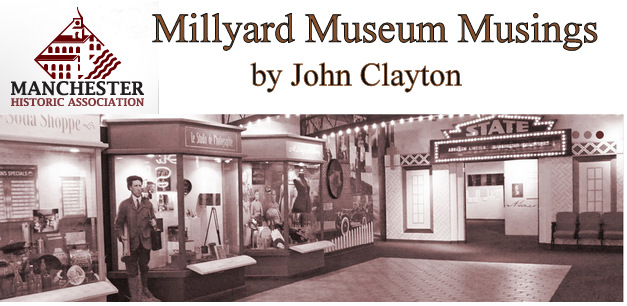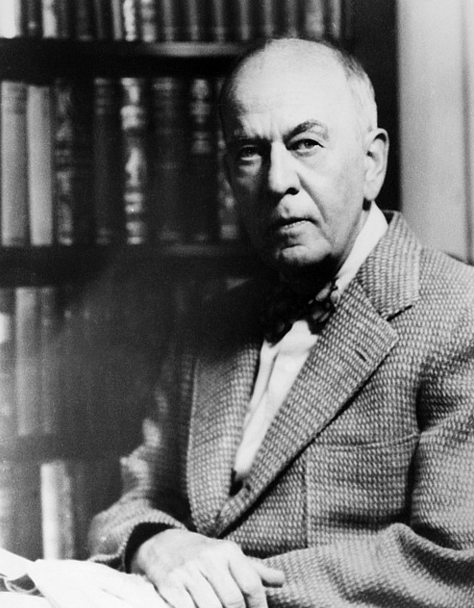
“I do not seek,” said Pablo Picasso, “I find.”
And if you are seeking a Picasso painting in New Hampshire, you should find your way to the Currier Museum of Art.
Manchester’s most magnificent museum – and even with my current position, I make that concession willingly – has been basking in the limelight lately with all of the attention focused on its “Killer Heels” exhibit, but to my mind, on any given day, the item most deserving of the spotlight at the Currier is the “Woman Seated in a Chair.”
That’s the title of the Picasso oil painting that was donated to the Currier – anonymously, mind you – back in 1951. Since its unveiling in February of that year, it has been the best-traveled piece in the Currier collection.
Thankfully, she’s home at the moment.
We renewed acquaintances a couple of weeks ago when the “Killer Heels” exhibit opened.

For a short while, I was back in the fourth grade with Miss Goodale’s class from the Gossler Park School. We took a field trip to the Currier. A lot of the other kids in the class were giggling over the nudes. Not me. Not because I wasn’t interested. And not because I was afraid of Miss Goodale’s backhand – okay, I was terrified of it – but I just couldn’t get away from the Picasso.
It could have been the vivid red and the bold green that held my attention, or maybe it was the garish distortion of the woman and the chair. It wasn’t like I was an art student – the only impressionists I knew were Frank Gorshin and Rich Little – but whatever the reason, I was riveted to the painting.
More than 50 years later, it’s comforting to learn that I – at the age of 10 – may simply have been displaying a precocious sense of taste.
“There’s no passivity when you look at a Picasso,” agreed Susan Strickler, who is the soon-to-retire director of the Currier. “You may not always love it, but it provokes a reaction. That’s what Picasso did.”
And he still does. Even though he’s been dead since 1973, Picasso, the most dynamic artist of the 20th century, was provoking reactions – both pro and con – from visitors to the gallery when I visited a few years back.
With a tour group in tow, docent Victor Metoyer Jr. was providing historic background on the painting, and the banter was as vibrant as Picasso’s color scheme. After he explained the circumstances under which it was painted – in Nazi-occupied Paris in 1941 – he then turned his attention to the origami-like woman on the canvas.
“We can tell by the fingernails,” he said, “that this was a friend of Picasso.”
“Mistress or wife?” asked Julie Gallien.
Victor paused.
“Friend,” he smiled, presumably at his circumspect description of the model, who was Picasso paramour Dora Maar. “And we can tell it’s her because of her black fingernail polish. She always wore black fingernail polish.”
Victor went on to describe Picasso’s cubist style, his bold use of paint – both in color and volume – and his quest for a fourth dimension. As the rest of the group moved on, Julie lingered a moment longer.
“I think Picasso was magnificent,” she said. “He was childlike, violent, passionate and loving, all at the same time. I just love his work.”
Not so Joan Donati, who was visiting the Currier with her husband and a friend. While she didn’t say it in so many words, she thought “Woman Seated in a Chair” took a back seat to other paintings in the gallery.
“It’s not my type of art,” she admitted. “I like something with softer tones; a Matisse maybe, and that’s very strong. Doesn’t it all boil down to a matter of taste?”
Taste and tactics, as curator Andrew Spahr noted.
“It can be a difficult painting to approach,” he said, “although I think I prefer the word ‘challenging’ to ‘difficult.’ It challenges the way we see the world. It makes us ask about visual reality, and one of the things that makes it a great painting is that you can see something different each time you approach it.
“What we try to do with our ‘Modernist’s Gallery’ is set the stage or find other works that create a dialogue with the Picasso,” he added. “We try to show the range, the level of abstraction that artists are playing with. You have some paintings that are completely representational and others that are completely abstract, and the Picasso is somewhere in between.”
And in between conversations with various visitors during that visit, I managed to corner Susan Strickler. I wanted to know more about the anonymous donor and the means by which the Picasso was delivered unto the Currier.
“It was total serendipity,” she smiled. “It came to us from the Knoedler Gallery in New York. Gordon Smith was the director here at the time and he had been speaking to someone there about a client who said, ‘I have this Picasso, and I’d like to find a nice home for it.’ And it wound up here.
“Of course, it wouldn’t have come here if we did not have a good reputation, plus we had a good collection of European and American paintings.”
But the name of the actual donor, Susan?
“Well, I don’t think I’d be betraying any confidences by announcing it now,” she said, and I’m sure she winked. “It was a man named Stephen Carlton Clark. He was a Yale graduate, a great patron of the arts. He died in 1960.”

He did a lot before he died. I checked his obituary in the New York Times. Stephen C. Clark – heretofore known only to Currier patrons as “Anonymous” – was heir to the Singer Sewing Machine fortune. In addition to running branches of the family business, he was the publisher of The Evening News in Albany, N.Y., and the Knickerbocker Press.
Through his love for art, he amassed a staggering collection that included works by Rembrandt, Van Gogh, Degas, Matisse, Renoir, Cezanne, Corot and, naturally, Picasso, many of which were donated to museums both before and after his death.
But the most intriguing sub-head on his obituary had little to do with art unless you can appreciate the artistry of a David Ortiz moon-shot home run. The same Stephen C. Clark who has long been an unnamed benefactor of the Currier Gallery of Art was also the founder of the National Baseball Hall of Fame in his hometown of Cooperstown, N.Y.
The career that Ortiz has stitched together is the kind of masterpiece that will one day land him in the Hall of Fame, but here’s hoping that the chance to view a masterpiece by Picasso will get you into the Currier Museum of Art.

John Clayton is Executive Director of the Manchester Historic Association. You can reach him with your historical (or existential) questions at jclayton@manchesterhistoric.org.








